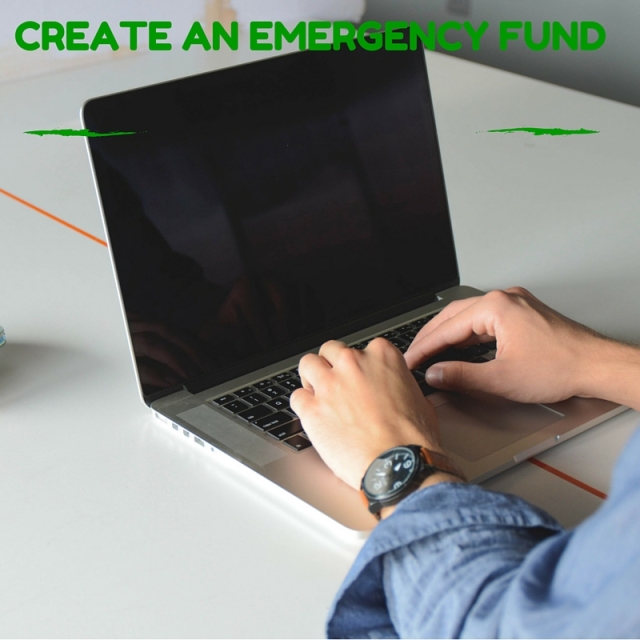
The holiday season has begun! Financially speaking, this is a critical time NOT to accumulate DEBT. This includes Halloween, Thanksgiving and Christmas. They can take an unnecessary financial toll if you do not prepare.
For Halloween costumes, decorations, candy, etc. be sure to set a budget. When invited to Halloween events, don’t be afraid to say NO! This is saying YES to your finances and goals. Your children, friends and family maybe mad but they will get over it. It is NOT about them because you are responsible for your money.
Thanksgiving is a family oriented event which can mean feeding a large number of people. These are a few Thanksgiving Dinner Tips.
#1 – Be sure to do your BUDGETS for November.
#2 – To cut costs of Thanksgiving dinner go to your auntie’s house LOL Well go to the one who can COOK for Thanksgiving dinner.
#3 – Have dinner wherein people bring their 1 or 2 best dishes. And Uncle Earl comes with all the liquor. Aunt Betty gets all the paper products.
#4 – Use COUPONS, discount cards, sale ads, etc. to save on groceries.
#5 – Change your nationality to avoid celebrating the holiday. (Only HARDCORE people do this.) Seriously volunteer to feed the homeless. You will see your abundance when you give to others.
#6 – Start stockpiling for the extra meals your kids will eat because they are out of school (Please don’t cry about it.)
#7 – Look for tips to cut your electricity and gas bills for winter heating.
#8 – Eat your leftovers for the next few weeks and from Thanksgiving. Take the time now to find recipes for leftover turkey, cranberry sauce, etc.
#9 – You couldn’t avoid attending the big family Thanksgiving dinner, so be sure to carpool to save on gas.
What other suggestions do you have to SAVE money for the Thanksgiving holiday? Do these suggestions seem reasonable and achievable?








